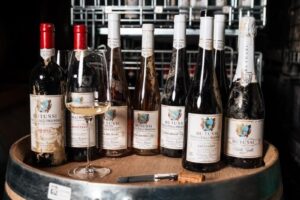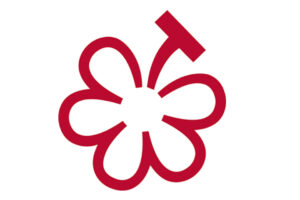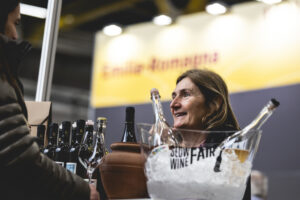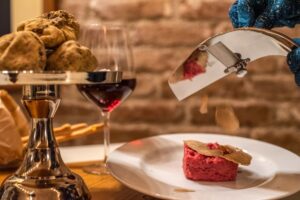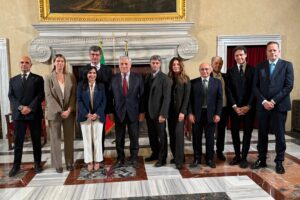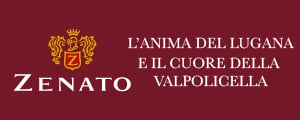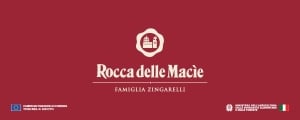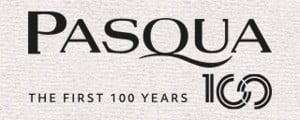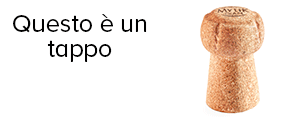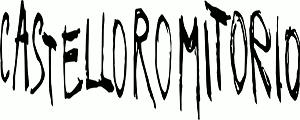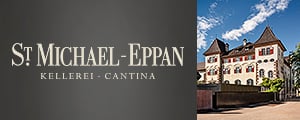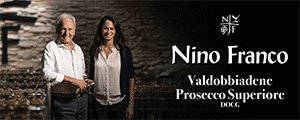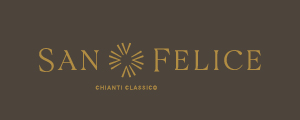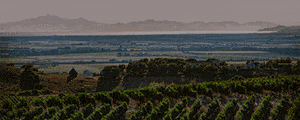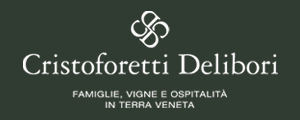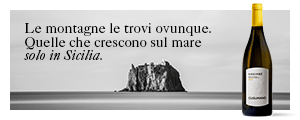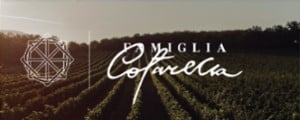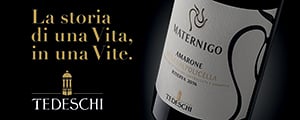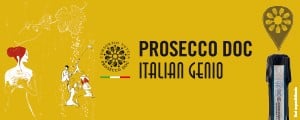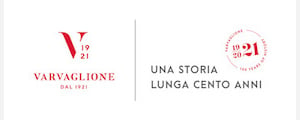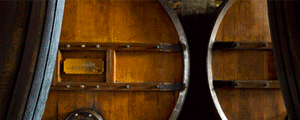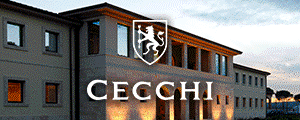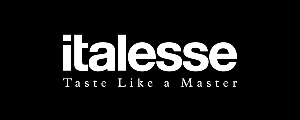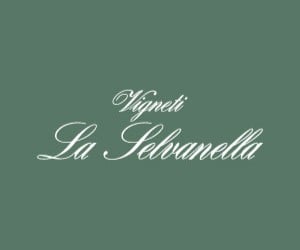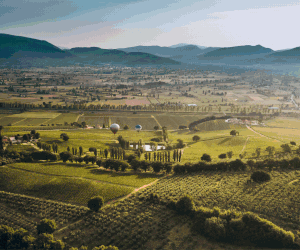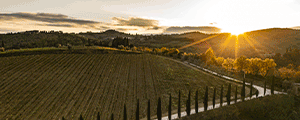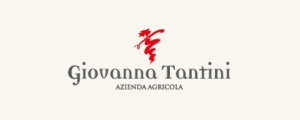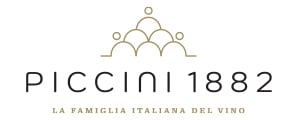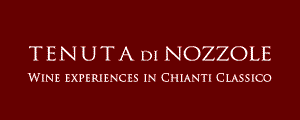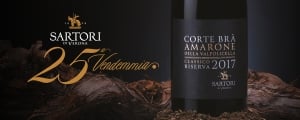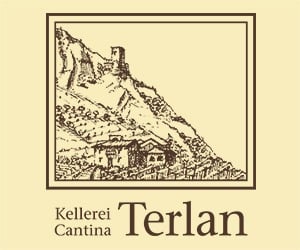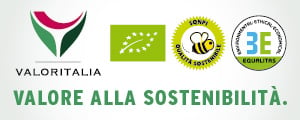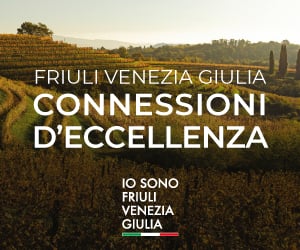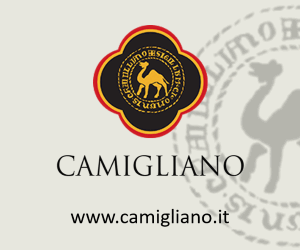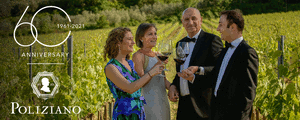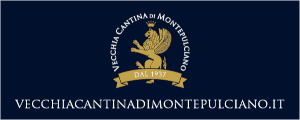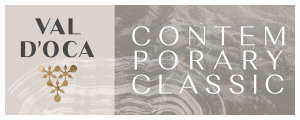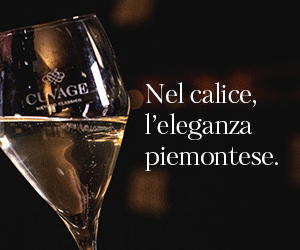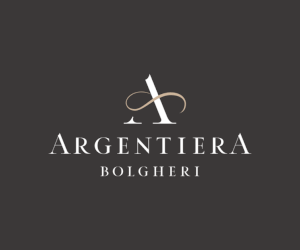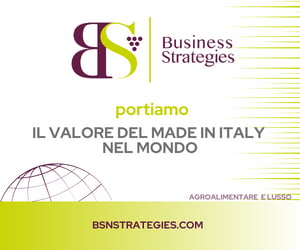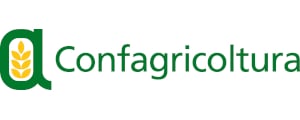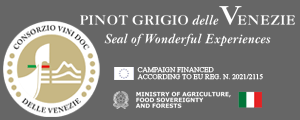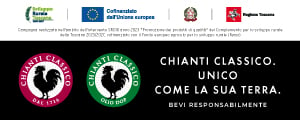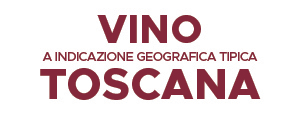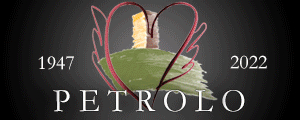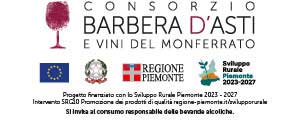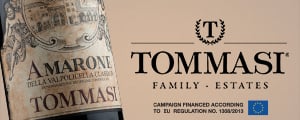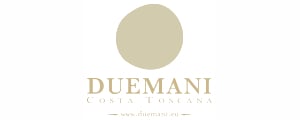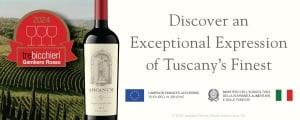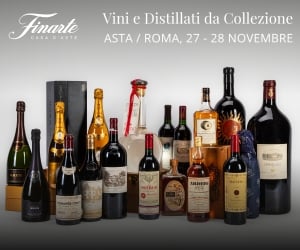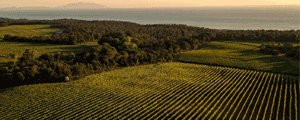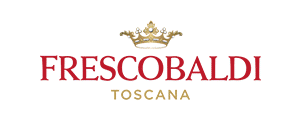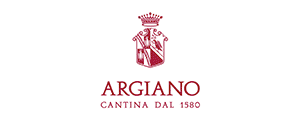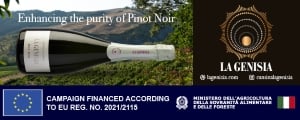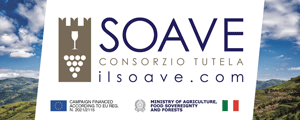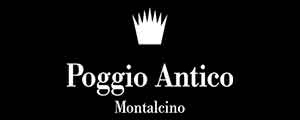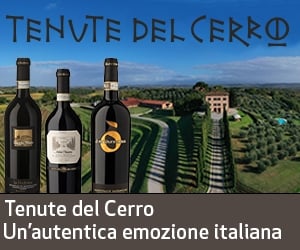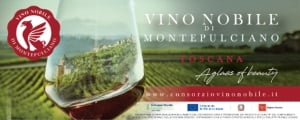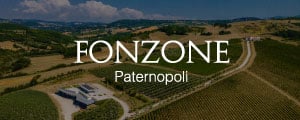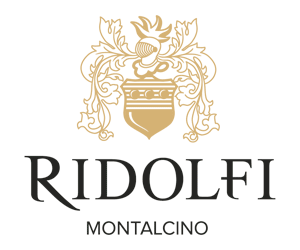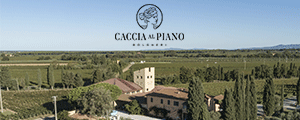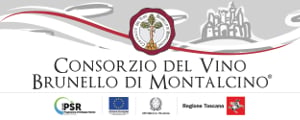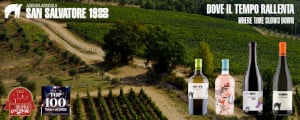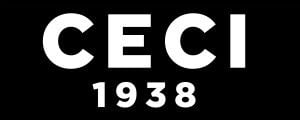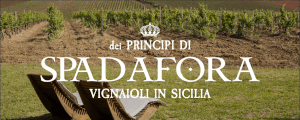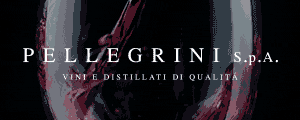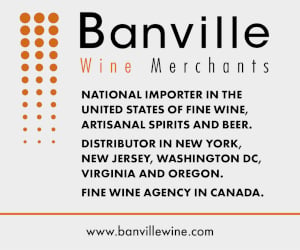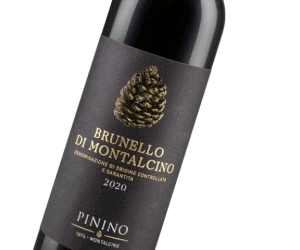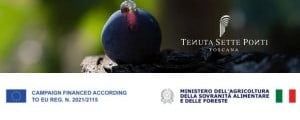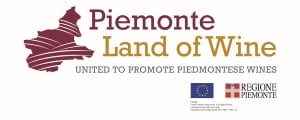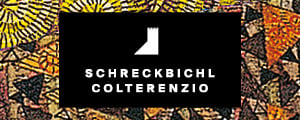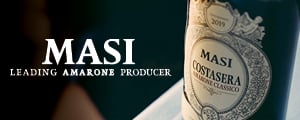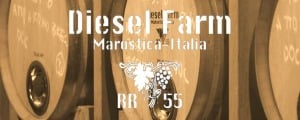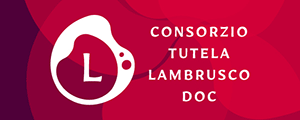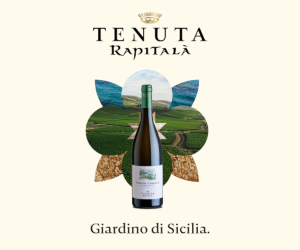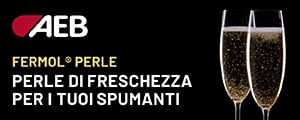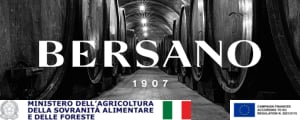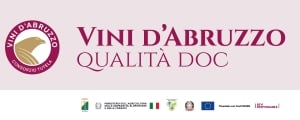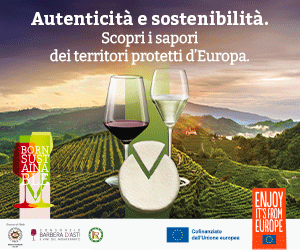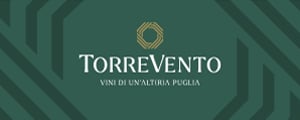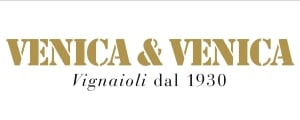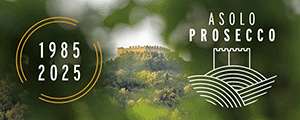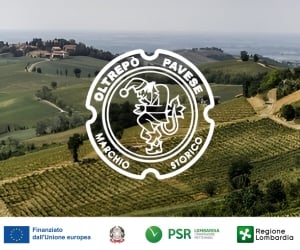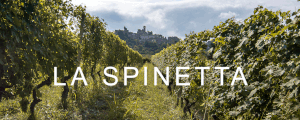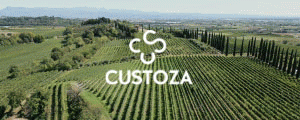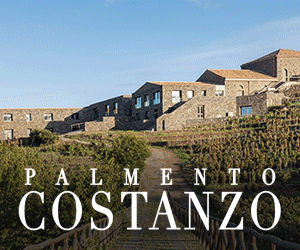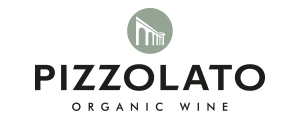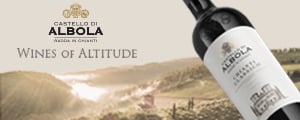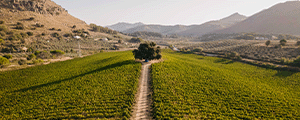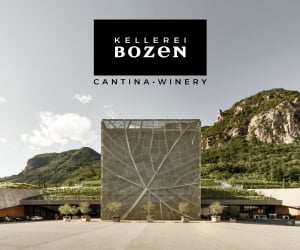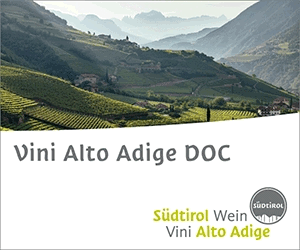The “Prosecco System” has been the most significant global wine phenomenon of the last 25 years. Its success has been fueled by the - perhaps partly unconscious - synergy between three key elements. The first is Conegliano Valdobbiadene DOCG, which represents the origin, history, vine-covered hills (a UNESCO World Heritage Site, ed.), and culture of the product (and an average production of 100 million bottles per year). Asolo DOCG, which is the identity and cultural history of one of Italy's most beautiful villages and its vineyards nestled among the woods (with a production that has exceeded 30 million bottles); finally, Prosecco DOC: “effervescence” on the market, both in terms of numbers and consumption style (in 2024, 660 million bottles on the market, with a turnover of €3.6 billion at source). But now, with the system having reached ‘maturity’, many believe that it is urgent to reflect on the distinctiveness of each of the three appellations. This reflection has been voiced by the “Comitato Conegliano Valdobbiadene” (Conegliano Valdobbiadene Committee), which, for its first official “appearance”, wanted to initiate a discussion on the wine and territorial heritage of the Conegliano Valdobbiadene DOCG and its future. It did so with a well-attended meeting in Farra di Soligo a few days ago, with the eloquent title: “Awareness of the uniqueness of Conegliano Valdobbiadene Prosecco DOCG in the choices of today and tomorrow”.
“We want to promote awareness of our DOCG by sharing information and insights in order to make proposals focused on evolution”, explained Maurizio Favrel of Malibran, coordinator of the Committee, at the opening. Founded a year ago, the Conegliano Valdobbiadene Committee brings together numerous winegrowers “united by the desire to protect and enhance the uniqueness of the territory”, explained Favrel, “with the aim of initiating a constructive dialogue between those who live and work every day in these hills, without creating divisions, but proposing, as in the case of this conference, tools for reflection and vision, thanks to the contribution of speakers with high-level technical, legal, and cultural expertise”.
Franco Adami, president of the Consorzio di Tutela del Conegliano Valdobbiadene Prosecco Superiore DOCG, and Michele Noal, president of the Consorzio Asolo Montello, agreed on the importance of promoting healthy and fruitful dialogue. “We are here to listen carefully to every perspective in order to take that extra step forward that we have not been able to take because it is not easy to give something up”, Adami emphasized. “I hope that the next time this discussion takes place, it will be within the Consortium, which is the home of all producers”.
The “distinctiveness issue,” however, had already been highlighted, along with the more pressing issues of supply balance and price positioning, at the time of the “reorganization” of the three appellations, by Vasco Boatto, then professor of agricultural economics at the University of Padua and economic advisor for the operation. For those who do not remember, in 2009, with a single measure - the existing appellations “Prosecco di Conegliano-Valdobbiadene” and “Montello e Colli Asolani” - three appellations containing the name “Prosecco” were recognized at the same time: the two existing ones, elevated to DOCG status, characterizing them geographically - “Conegliano-Valdobbiadene” and “Asolo” - to identify two smaller areas than the Prosecco DOC, which covers over 500 municipalities in 9 provinces of the Veneto and Friuli-Venezia Giulia regions, with almost 30,000 hectares of vineyards. “Each of the three appellations has been recognized by the EU for its particular characteristics due to the territory, natural and human factors, and reputation, and each of them must promote its uniqueness with respect to any other Italian appellation, otherwise there is a risk of confusion, which would be detrimental to both producers and consumers”, said Stefano Dindo, an expert in commercial and wine law, in his speech. He also highlighted the European prerogative, in the event of a violation of the principles of differentiation, to remove from the EU Register a designation with the same or partially the same name requested after an existing one that does not comply with these principles of differentiation set out in Article 29 of EU Regulation 143/2024 on geographical indications with the same name. However, this hypothesis does not concern the “Do Prosecco” wines requested at the same time, but highlights the indispensability of sufficient differentiation in practice, both to protect producers - and in particular those in Conegliano-Valdobbiadene who bear higher production costs - and consumers, so that they are not misled when choosing between the three. “It is undeniable that the name Prosecco has acquired enormous global penetration”, continued Dindo, “therefore I believe we should pursue the goal of collaboration between the appellations so that, as far as possible, coordinated and synergistic action, on the condition, however, that the need to clearly present that there are three appellations, that they are autonomous, and that each has its own unique characteristics suitable, among other things, for example, to justify a differentiation in sales prices, is preserved. By playing on differences, excellent results can be achieved, as economic doctrines on agri-food products teach us. The objective can be achieved through dialogue, bearing in mind that consortia are the platforms provided for by EU and national legislation to promote interprofessional dialogue and manage the intangible asset of designations of origin, which is owned by everyone. Dialogue is the starting point for formalizing a memorandum of understanding between the three consortia on this issue”.
The best approach, therefore, is one of coexistence that focuses on diversity rather than on the term “Prosecco” tout court, which exposes it to the risk of flattening and standardization, a precursor to commoditization, considering also how successful products are copied. “The values that made Conegliano Valdobbiadene the forerunner and origin of the success of the entire Prosecco family are not well known and need to be communicated more forcefully, from the natural and climatic characteristics to the place of origin, the glue that binds a community that has been able to pass on and refine its knowledge in a history made up of places and, above all, people: approximately 3,500 families and 12,000 employees working in 450 wineries and 180 sparkling wine producers”, urged Franco Carlo Guzzi, professor of Communication at the University of Milan. “Attributing a distinctive value also translates into economic value recognized by the end consumer. On the contrary, flattening the three appellations into a single, shapeless agglomeration would be detrimental to all. What is needed is “coopetition”: a combination of “cooperation” across the entire “Prosecco System” to act together to protect, develop and not damage their target market, and commercial “competition” between appellations, as well as between individual companies. Competition in a market that has become increasingly larger and better defended precisely when there has been active cooperation between the players. Dividing and opposing each other internally makes the market more vulnerable because it is less protected, and this is how the “short-sighted” or “antagonists” are allowed to progressively weaken the unique and distinctive values of others, believing that they are promoting their own interests, but in reality damaging everyone, including themselves. And, Guzzi points out, “the characterization of uniqueness and distinctions should not refer to “hierarchies” among the DOCs, which all have unique characteristics to communicate: Conegliano Valdobbiadene DOCG embodies the origin, history, and culture of the product, while Asolo DOCG represents the identity of the city of Asolo, one of Italy’s most beautiful villages, and Prosecco DOC has the power to govern the reputation and market penetration of this delightful product, which is associated with sport, youth, and celebration between Venice and Cortina”. And a “mutual” communication of the differences between the three appellations by the consortia at every public occasion would positively enhance their impact.
The issues on the table are also important for their economic implications, and the historic DOCG could start by resolving the “name issue” by finding a shorter, easier, and more memorable name: today, there are several names allowed by the regulations - from the full name “Conegliano Valdobbiadene Prosecco Superiore DOCG” to others in which some mentions are omitted. However, there is a substantive issue - discussed in depth by Umberto Marchiori, agronomist, oenologist, and president of “Uva Sapiens” - concerning “the profile of DOCG wines, therefore the suitability for viticulture and varietal aspects in light of the impact of climate change and the method, the most important area, because it condenses the socio-economic and professional requirements that organize and plan all the regulatory, production, communication, and commercial systems, in which the cultural aspects essential to the governance of the designation are concentrated, with the task of managing the risks of the wine moving away from the premium segment”.
“It is increasingly crucial to share experiences and expertise because future challenges will be played out on a global rather than local scale”, emphasized Marchiori, who has extensive international experience, after illustrating the relationships between the factors that determine the distinctiveness of a wine. It is no longer possible to apply a volume growth model due to the saturation of DOCG areas and production yields that cannot be significantly expanded. Producing Conegliano Valdobbiadene Prosecco DOCG in the coming years, and progressing in producing and selling it in an increasingly sustainable and authentic manner, will become increasingly expensive. While standardized production works for the mass market, standardization is not necessarily an advantage for the premium wine market, especially when the technological innovation that contributed to the product’s characterization is no longer an exclusive and distinctive feature. A reasoned renewal is necessary because emphasizing local characteristics as typical, unique, and stable over time risks being a rhetorical exercise if the potential is not updated to the context and trends, in a complex regulatory situation that will also have to be subject to simplifying developments. Viticulture, harvesting, winemaking, must clarification, microbiology, sugars, and sparkling wine techniques are just some of the topics to reflect on and improve upon, pursuing the objectives of territorial enhancement, varietal diversity, and stylistic distinctiveness necessary to project the hills of Conegliano Valdobbiadene Prosecco DOCG into the future. This development process must be organic and integrated into the certification system so that we can all progress together, embracing different stylistic interpretations as happens in the highest value-added appellations, not only national ones. If everyone works for the good of the appellation, the appellation will make everyone happy”.
Copyright © 2000/2025
Contatti: info@winenews.it
Seguici anche su Twitter: @WineNewsIt
Seguici anche su Facebook: @winenewsit
Questo articolo è tratto dall'archivio di WineNews - Tutti i diritti riservati - Copyright © 2000/2025











